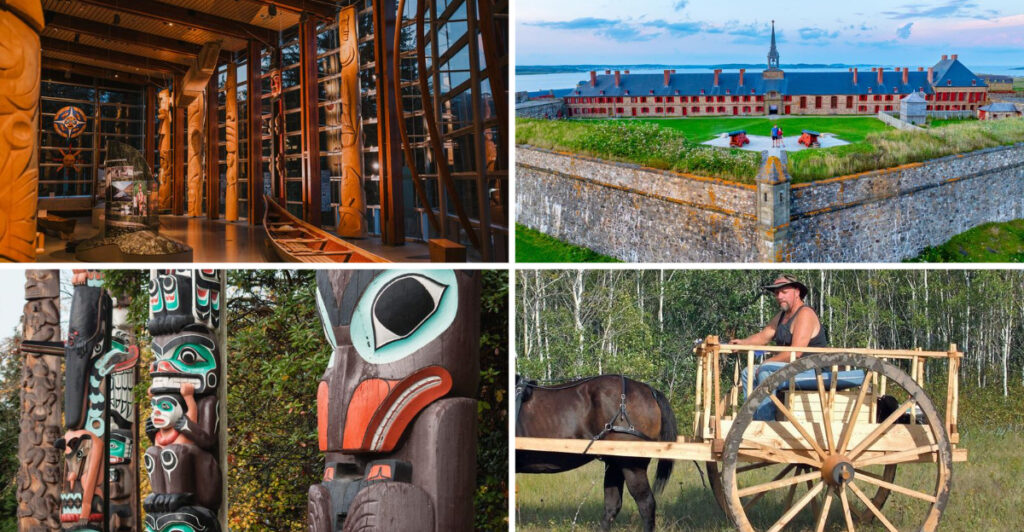Canada has officially recognized 17 incredible new Indigenous tourism destinations that showcase the rich cultural heritage of First Nations, Métis, and Inuit communities. These amazing places offer visitors authentic experiences where they can learn about traditional ways of life, ancient stories, and sacred lands. Each site provides unique opportunities to connect with Indigenous culture through guided tours, cultural performances, and hands-on activities that have been passed down through generations.
1. Wanuskewin Heritage Park, Saskatchewan
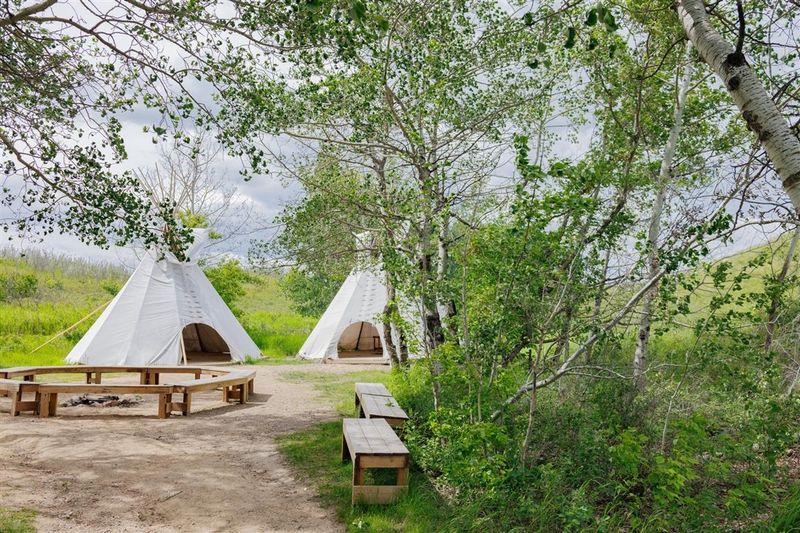
Ancient bison bones tell stories that stretch back 6,000 years at this archaeological wonder near Saskatoon. Northern Plains Indigenous peoples gathered here for countless generations, creating one of North America’s longest-used sites.
Walking trails lead visitors through sacred medicine wheel ceremonies and traditional tipi villages. Interactive exhibits showcase how Indigenous communities lived, hunted, and celebrated in harmony with prairie landscapes for thousands of years.
2. Squamish Lil’wat Cultural Centre, British Columbia
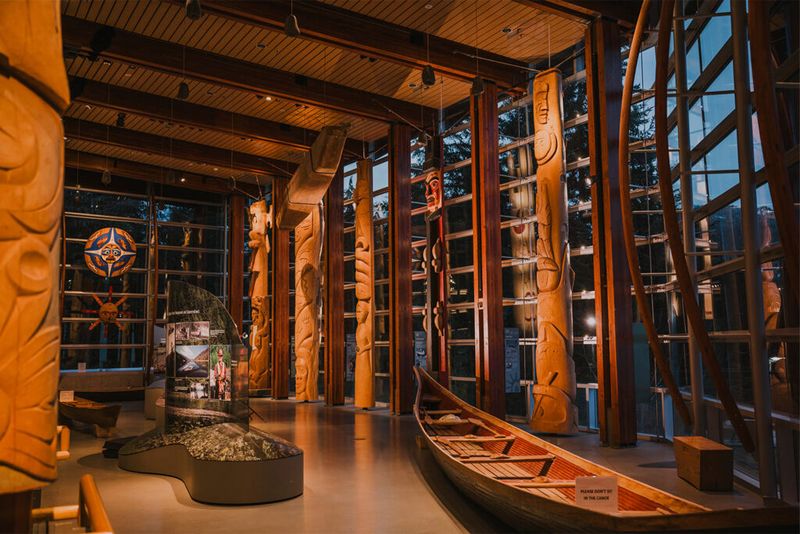
Two distinct Indigenous nations share their mountain heritage through stunning art galleries and live demonstrations in Whistler’s cultural heart. Master weavers create traditional blankets while storytellers share legends passed down through countless generations.
Visitors can try their hand at traditional crafts like cedar weaving and drum making. The centre’s architecture itself tells a story, blending Squamish and Lil’wat design elements in a building that honors both cultures beautifully.
3. Fortress of Louisbourg Mi’kmaq Interpretation Site, Nova Scotia
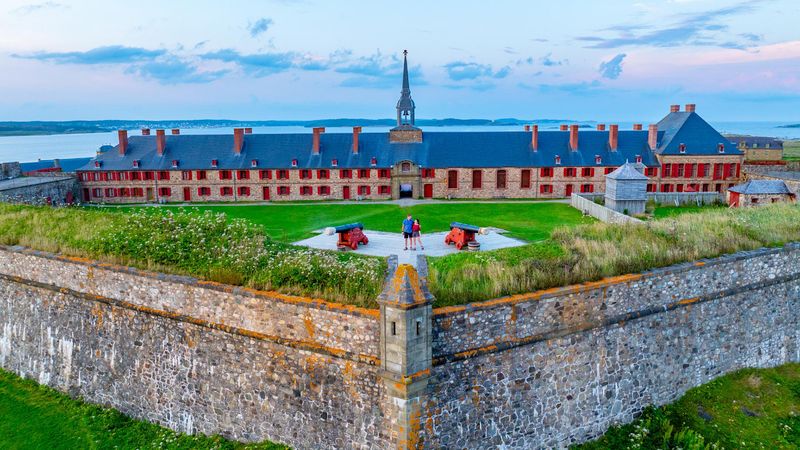
Long before European ships arrived, Mi’kmaq families called this Atlantic coastline home for over 10,000 years. Their deep connection to ocean tides and forest cycles shaped a sophisticated society that thrived along these rugged shores.
Guided tours reveal how Mi’kmaq people adapted to changing seasons through fishing, hunting, and gathering practices. Traditional wigwam demonstrations show visitors how families created comfortable homes using birchbark, while storytellers share maritime legends.
4. Blackfoot Crossing Historical Park, Alberta
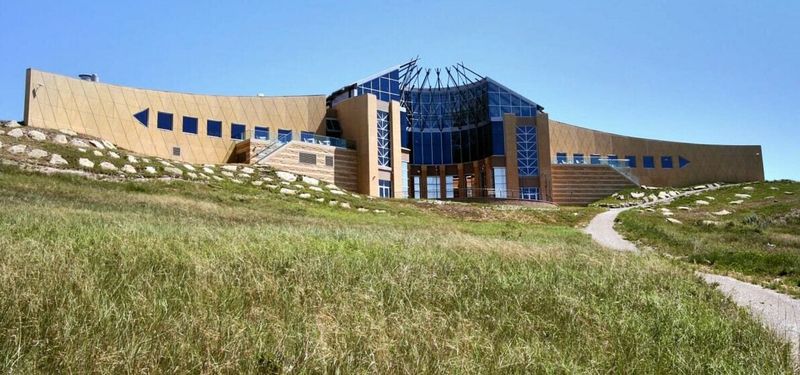
Treaty 7 was signed on these very grounds in 1877, forever changing the relationship between Blackfoot peoples and newcomers to Alberta. Today, this sacred site honors both the complexity of that history and the resilience of Blackfoot culture.
Interactive exhibits bring visitors inside traditional Blackfoot life through authentic artifacts and immersive storytelling. The park’s interpretive centre features one of Canada’s largest collections of Blackfoot cultural items, including ceremonial clothing and hunting tools.
5. Inuksuk Gallery and Cultural Centre, Nunavut
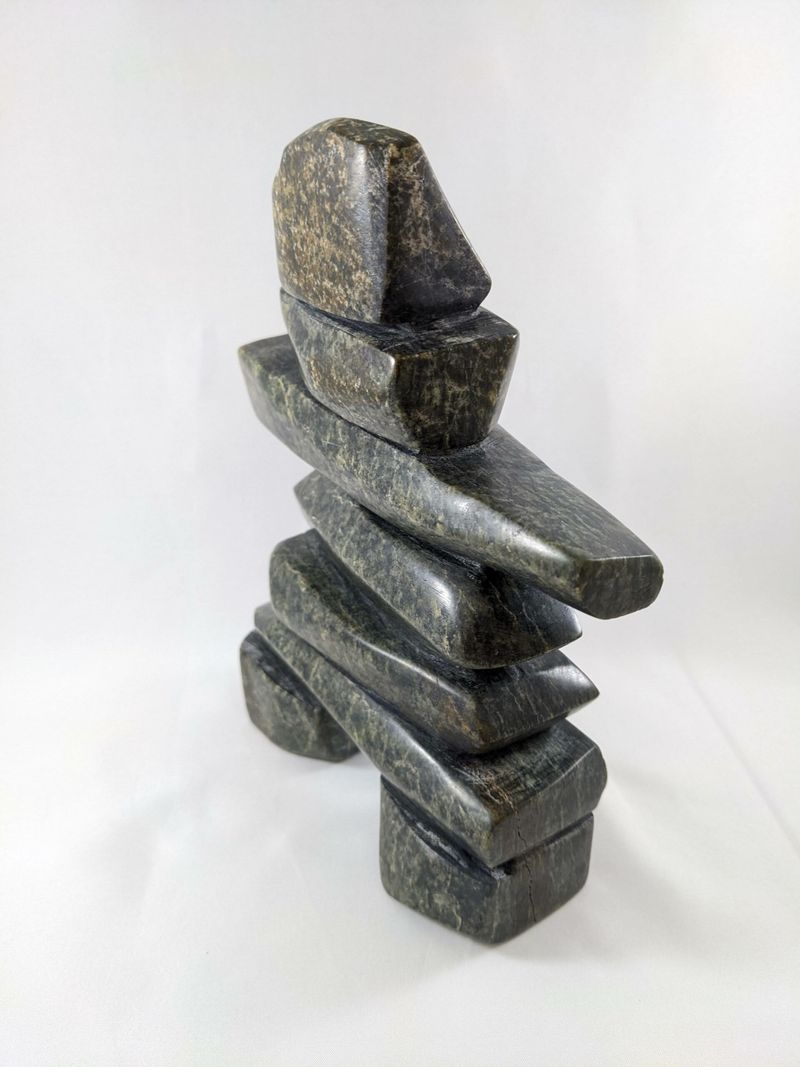
Stone markers called inuksuit have guided Inuit travelers across Arctic landscapes for thousands of years, each one telling a unique story about direction, safety, or sacred places. These human-like figures dot the tundra like ancient guardians.
Master carvers demonstrate traditional soapstone sculpting techniques while elders share stories about survival in one of Earth’s harshest environments. Visitors learn how Inuit communities developed ingenious solutions for Arctic living, from ice fishing to igloo construction.
6. Métis Heritage Village, Manitoba
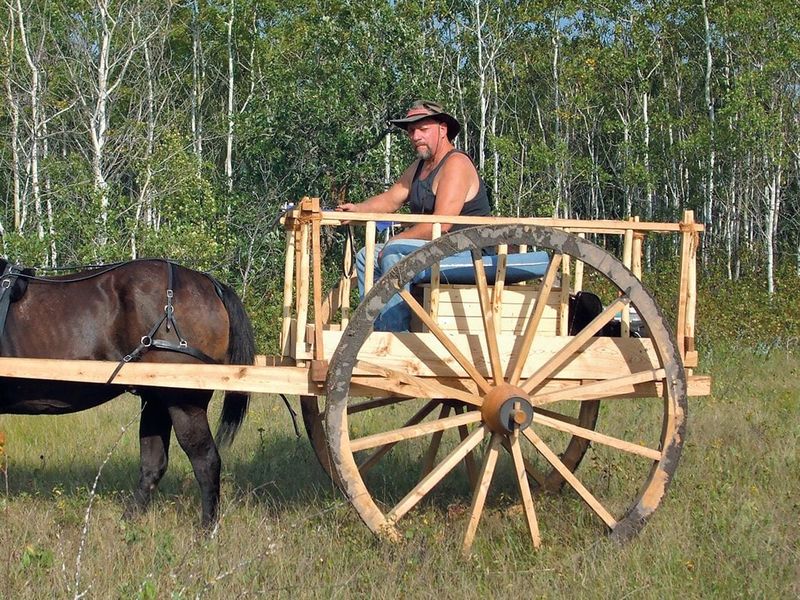
Red River cart wheels creak along historic trails where Métis families once traveled between hunting grounds and trading posts. This living history village recreates the unique culture that emerged when French voyageurs and Indigenous women built families together.
Traditional fiddle music fills the air as visitors watch blacksmiths forge tools and bakers prepare bannock bread. The village showcases how Métis people developed their own distinct language, customs, and survival skills on the prairie frontier.
7. Haida Heritage Centre, British Columbia
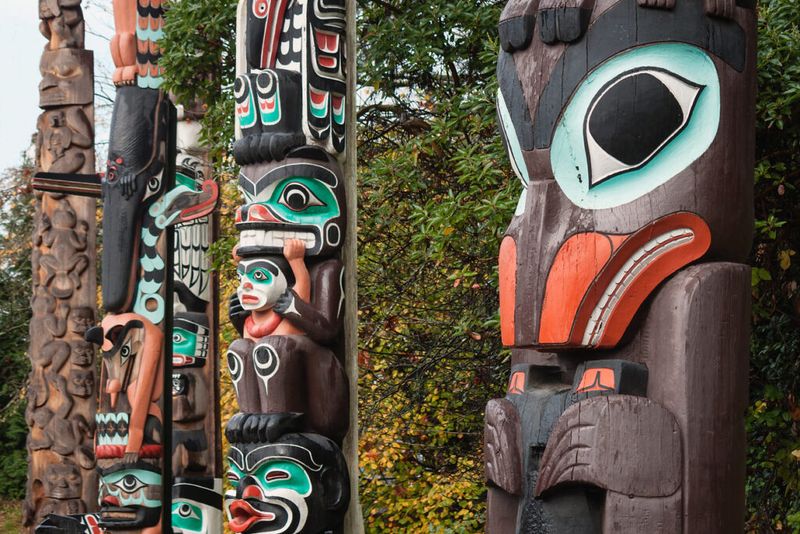
Massive cedar totem poles reach toward Pacific Northwest skies, each carved figure telling stories about Haida clans, supernatural beings, and ocean legends. These towering artworks represent one of North America’s most sophisticated artistic traditions.
Master carvers work with traditional tools, shaping cedar into canoes that once carried Haida warriors across stormy waters. Visitors can watch artists create intricate silver jewelry and learn about the complex social systems that governed Haida villages for centuries.
8. Anishinaabe Cultural Centre, Ontario
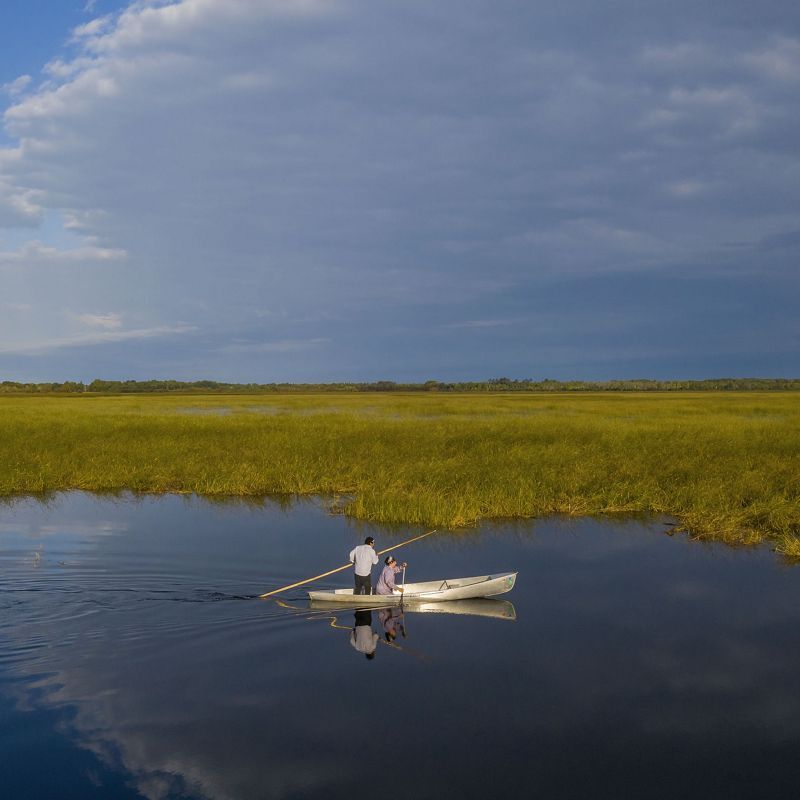
Birchbark canoes glide silently across northern lakes just as they did when Anishinaabe peoples first mapped these waterways centuries ago. Traditional canoe building requires patience, skill, and deep understanding of forest materials.
Elders teach visitors about the three-fires prophecy and how it guided Anishinaabe migration from eastern shores to Great Lakes territories. Interactive workshops show how families harvested wild rice, maple syrup, and medicinal plants that sustained communities through harsh winters.
9. Cree Nation Cultural Lodge, Quebec
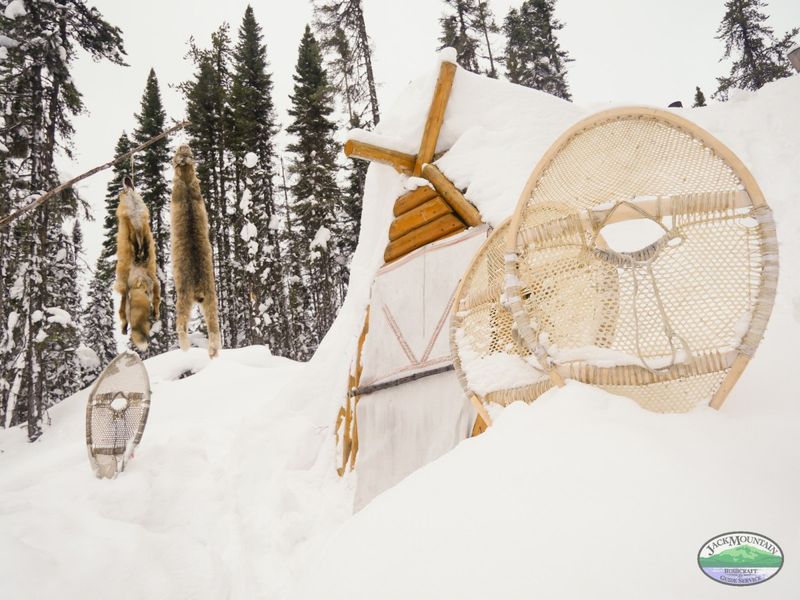
Boreal forest stretches endlessly in every direction, creating the perfect backdrop for learning about Cree hunting traditions and seasonal camps. Snowshoes and toboggans hang from lodge walls, ready for winter adventures across frozen landscapes.
Traditional smoke-tanning demonstrations show how Cree families transformed animal hides into warm clothing and shelter materials. Visitors can participate in drumming circles and learn about the spiritual connection between Cree people and the animals they hunted.
10. Dene Cultural Institute, Northwest Territories
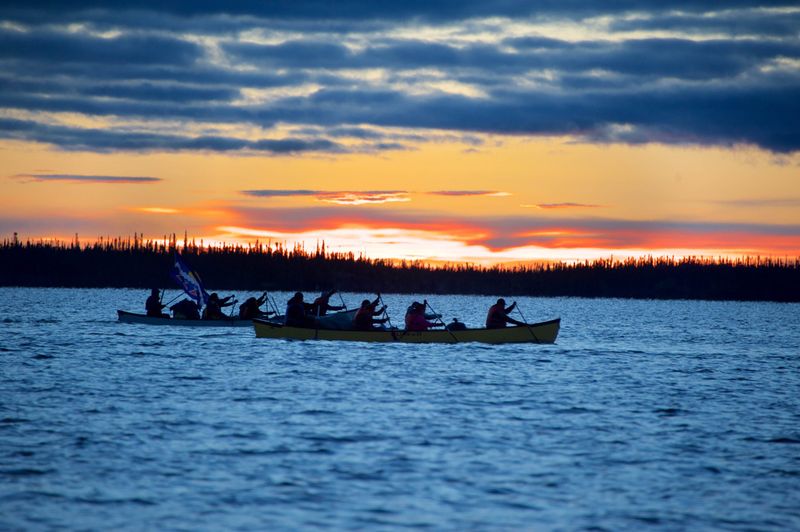
Midnight sun illuminates traditional fish camps where Dene families have gathered for summer fishing since time immemorial. Smoke rises from drying racks as salmon and whitefish are preserved using ancient techniques passed down through generations.
Elders share stories about following caribou migrations across vast tundra landscapes, teaching visitors how Dene people developed intimate knowledge of animal behavior. Traditional games and storytelling sessions help preserve Dene languages and cultural practices.
11. Mohawk Longhouse Experience, Ontario
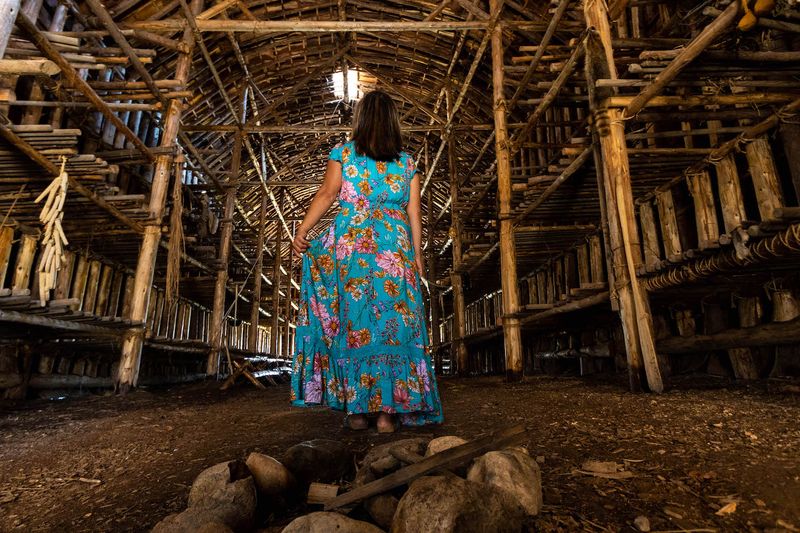
Corn, beans, and squash grow together in traditional three-sisters gardens, just as they sustained Haudenosaunee communities for over 1,000 years. These crops formed the foundation of a complex agricultural society that shaped northeastern North America.
Inside authentic longhouses, visitors learn how extended families lived together in harmony, sharing responsibilities and making decisions through consensus. Traditional cooking demonstrations show how Mohawk women prepared nutritious meals using indigenous ingredients and time-tested recipes.
12. Tsilhqot’in Cultural Centre, British Columbia
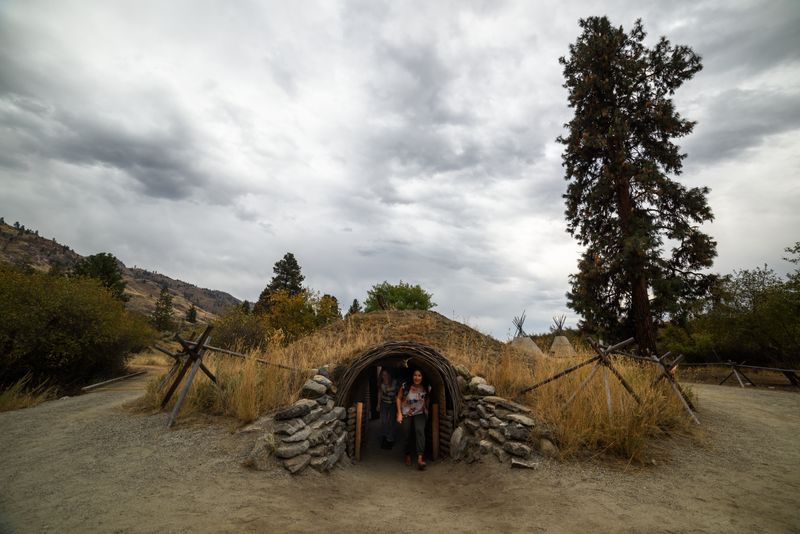
Wild horses thunder across mountain meadows in traditional territory where Tsilhqot’in warriors once defended their homeland against colonial expansion. These proud people maintained their independence longer than most Indigenous nations, fighting for their rights and freedoms.
Traditional pit-house reconstructions show how families survived brutal mountain winters using ingenious underground shelters. Visitors can learn about traditional hunting techniques and hear stories about the Tsilhqot’in War, a pivotal moment in Canadian Indigenous history.
13. Inuvialuit Cultural Resource Centre, Northwest Territories
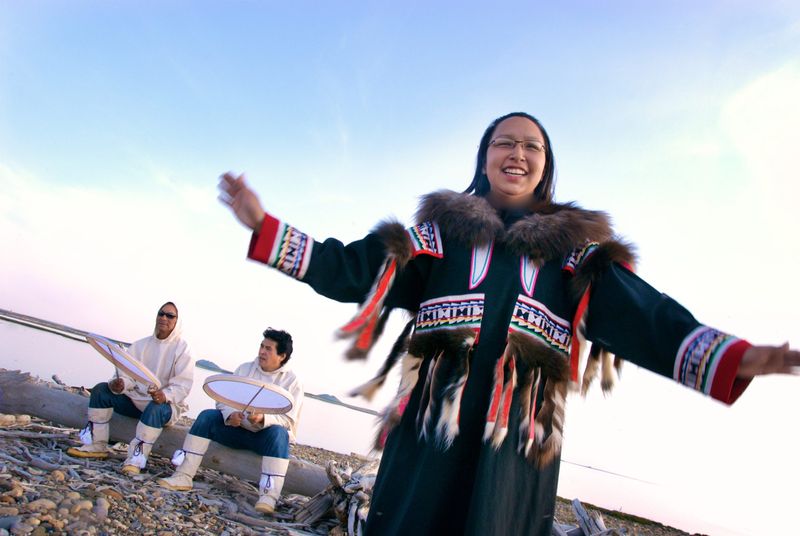
Arctic char swim beneath ice-covered rivers while Inuvialuit hunters demonstrate traditional fishing techniques that have sustained communities for thousands of years. Patient waiting and intimate knowledge of fish behavior determine success in this harsh environment.
Traditional clothing made from caribou hide and sealskin provides warmth in temperatures that can drop to -40 degrees. Visitors learn about the complex social relationships between Inuvialuit communities and how they shared resources across vast Arctic territories.
14. Ojibwe Cultural Foundation, Ontario
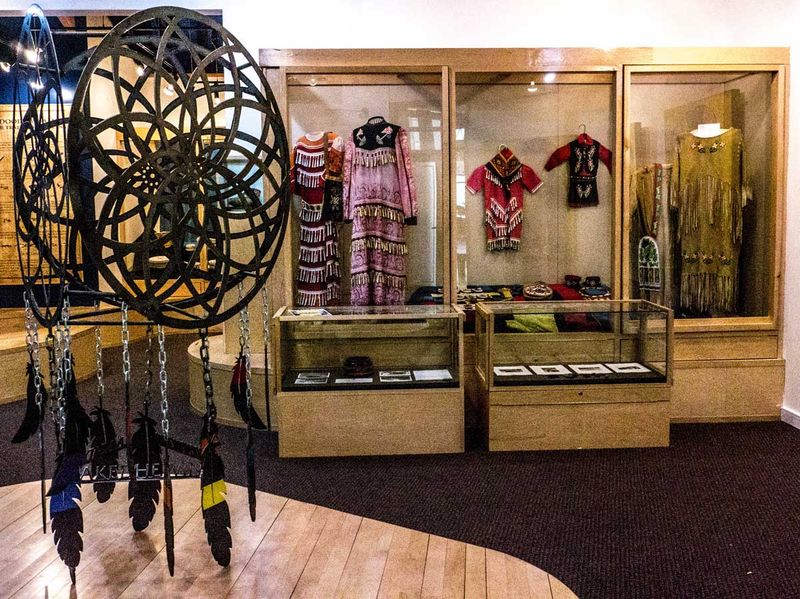
Sacred fire ceremonies connect participants to spiritual traditions that have guided Ojibwe people for countless generations. Sweetgrass smoke carries prayers skyward while drummers create rhythms that echo through ancient forests surrounding Manitoulin Island.
Traditional beadwork artists create intricate floral patterns that tell stories about clan relationships and seasonal changes. Visitors can participate in moccasin-making workshops and learn about the spiritual significance of colors and designs in Ojibwe artistic traditions.
15. Atikamekw Cultural Centre, Quebec
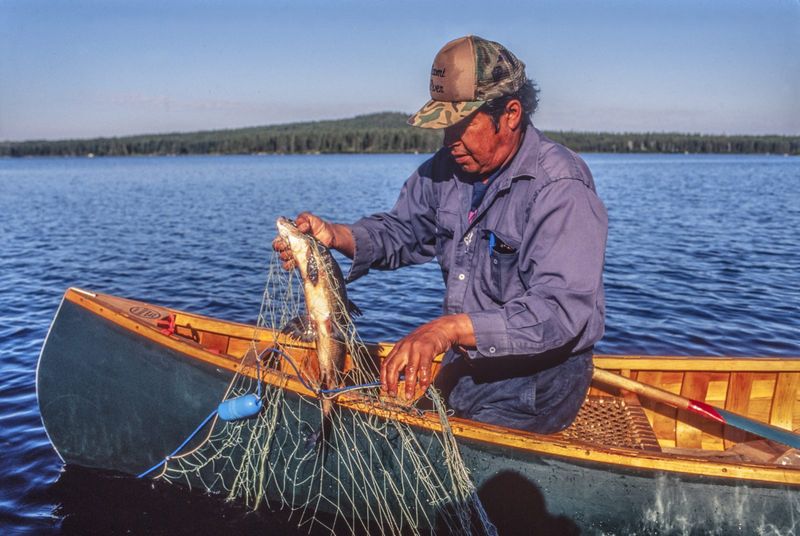
Canoe routes wind through pristine wilderness where Atikamekw families traveled between seasonal camps, following ancient pathways that connected communities across vast forest territories. These water highways shaped Atikamekw culture for thousands of years.
Traditional plant medicine workshops teach visitors about healing practices that sustained Atikamekw people through countless generations. Elders share knowledge about which plants treat different ailments and how to harvest them respectfully from forest environments.
16. Gwich’in Cultural Centre, Yukon

Porcupine caribou herds migrate across international borders, following ancient routes that Gwich’in people have depended on for over 20,000 years. This relationship between people and animals represents one of North America’s oldest continuous cultural traditions.
Traditional storytelling sessions explain how Gwich’in communities developed sustainable hunting practices that ensured caribou populations remained healthy. Visitors learn about the spiritual connection between Gwich’in people and the animals that provided food, clothing, and shelter.
17. Wolastoqey Cultural Centre, New Brunswick
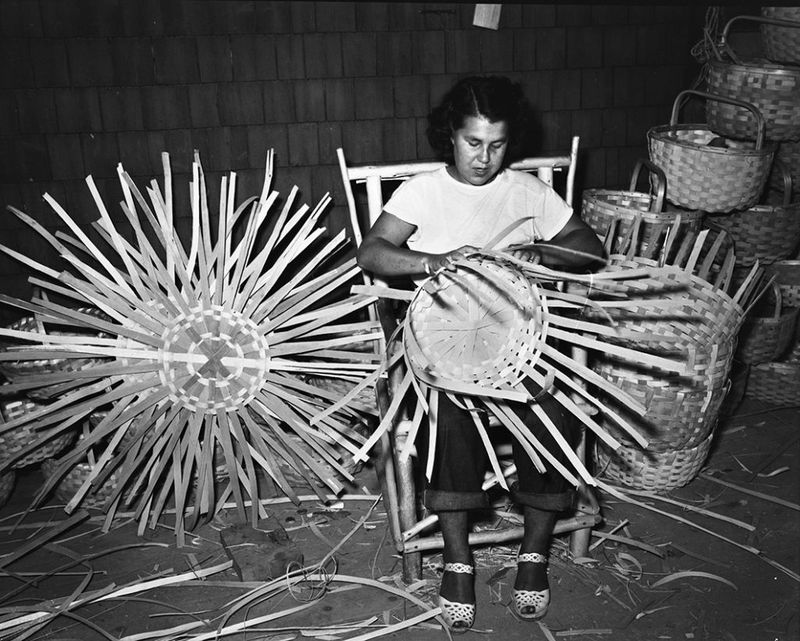
Saint John River flows through traditional territory where Wolastoqey people established seasonal camps along fertile riverbanks. Spring salmon runs and fall moose hunts provided abundant food sources that supported thriving communities for thousands of years.
Traditional basket weaving demonstrates how Wolastoqey women created functional art using sweet grass, birchbark, and ash splints. These beautiful containers held everything from berries to ceremonial items, representing both practical skills and artistic expression in Wolastoqey culture.

